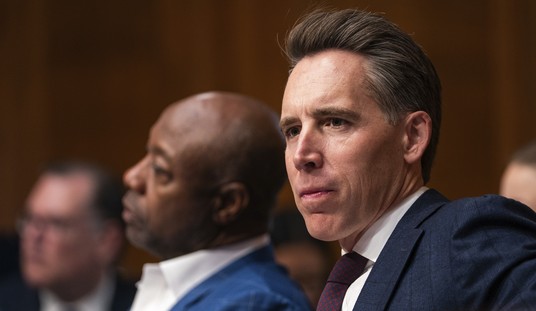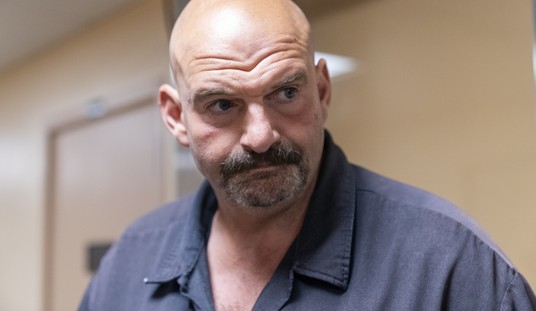http://www.youtube.com/watch?v=llWHCKmoUn4
Skepticism is the right attitude if it means you insist on real, strong proof before being persuaded of something. It is not a good attitude if it means you’re set to deny and belittle proof of something no matter what.
Skeptics about whether near-death experiences are real tend to be in the second category. Millions of people have undergone them since the 1960s; a good summary of the confirmative evidence that arises from this vast trove of experience is here.
Just last month an NDE case in Ohio was reported (here, here, and here, for instance) that should give the skeptics a particularly hard time.
As The Blaze told it:
Brian Miller, 41, was hospitalized after suffering a major heart attack. While he was doing well at first, his heart eventually went into a deadly arrhythmia called Ventricular fibrillation, described by the Mayo Clinic as “a … rhythm problem that occurs when the heart beats with rapid, erratic electrical impulses.”
From that point, Miller was out cold. As a nurse affirmed, “He had no heart rate, he had no blood pressure, he had no pulse…. His brain had no oxygen for 45 minutes….”
In other words, Miller was in the state known as clinical death. Before the advent of modern CPR techniques, there would have been a simpler name for it: death. He would have been seen as beyond any hope of revival.
Brian Miller, of course, revived—but how it happened, and even whether the medical team’s efforts were solely responsible for it, is not at all clear.
During the 45 minutes that Brian Miller’s heart and brain were not functioning, the medical staff shocked him four times—to no avail. Then, suddenly, his heart started beating normally again—as far as they could make out, on its own.
As the same nurse, Emily Bishop, told a local TV station: “The fact that he is up walking, talking, everything—I mean that’s amazing.” Miller is fully recovered, with no brain damage or other loss of function—something that, according to medical knowledge, was not “supposed to happen.”
But Miller claimed that, during the time he was clinically dead, something transpired. As he told it: “The only thing I remember, I started seeing a light and started walking towards the light.”
He said there were flowers along the path, and after a while his mother-in-law—who had died a week earlier—appeared, with his deceased father-in-law in the background.
“She was,” he said,
the most beautiful thing when I seen her. It was like the first day I met her. And looked so happy. She grabbed a hold of my arm and she told me, “It’s not your time, you don’t need to be here…you’ve got things to go down and do.”
To say that Miller revived because someone in the afterlife urged him to is not, of course, considered medically or scientifically valid. But even though the CPR efforts seem to have helped to an extent, the same nurse says of the case as a whole: “It gives you the chills.”
She is hardly alone in such a reaction; here, among countless other examples, the late, leading cardiologist Lloyd Rudy expresses similar amazement at NDE phenomena he saw in his practice.
The skeptics will say, of course, that Miller’s experience was a hallucination. But if so, when did the hallucination happen? Certainly not before the arrhythmia hit him, when he seemed fully recovered and did not speak of any such experiences. That leaves only—if it did not happen while he was brain-dead, when it “shouldn’t” have happened—the time while he was waking up.
Except that this is a case where the patient regained normal functioning suddenly and smoothly. Not to mention that other problem with skeptics’ claims about NDEs and hallucinations: that even in cases where people emerge from unconscious states more gradually, the hallucinations or mental imagery they undergo are disjointed and fragmentary, not lucid, coherent, and peacefully joyous like what Miller reports.
Miller also says—a very common feature of NDE cases—that the experience has changed his outlook: “There is an afterlife and people need to believe in it big-time.” If Miller’s is like numerous other documented NDE cases, he will keep affirming for the rest of his life that the experience was indubitably real, made him more spiritually oriented, and removed his fear of death.
That, of course, is not the sort of thing people say about hallucinations. Someone who keeps insisting that a hallucination was real, and revealed life-changing truths to him, probably needs psychiatric treatment.
As the NDE reports of a benign deity and a joyous afterlife keep accumulating, skeptics will have to come up with ever more adroit arguments to deny the reality of each and every case. Anything but entertain the possibility that something is going on here.










Join the conversation as a VIP Member